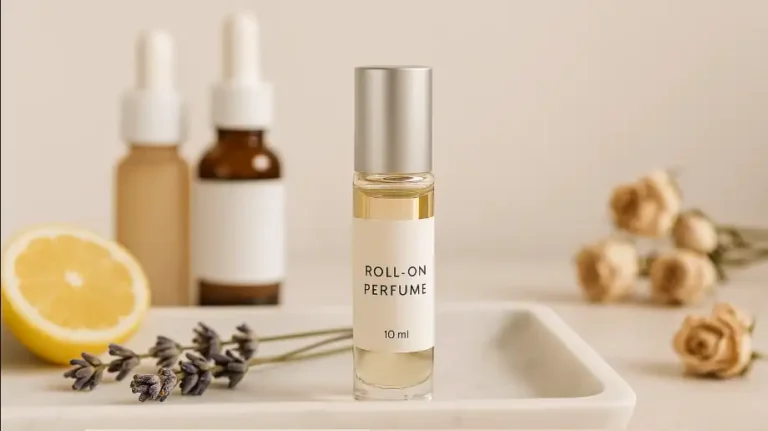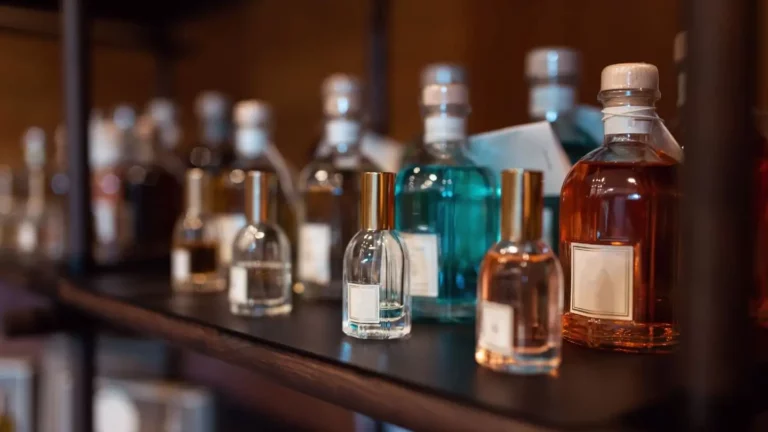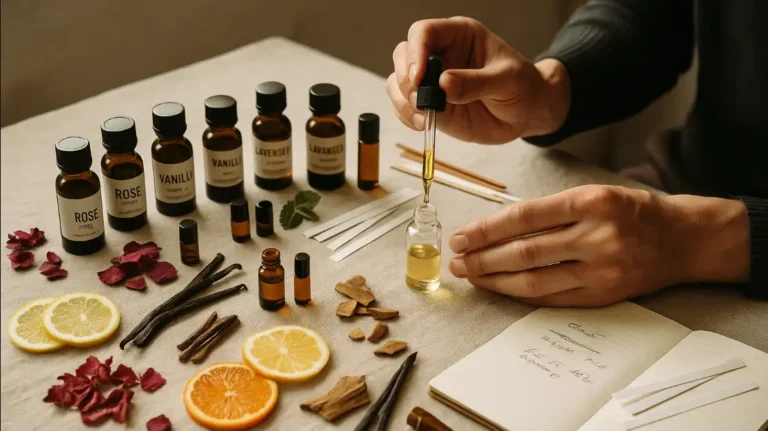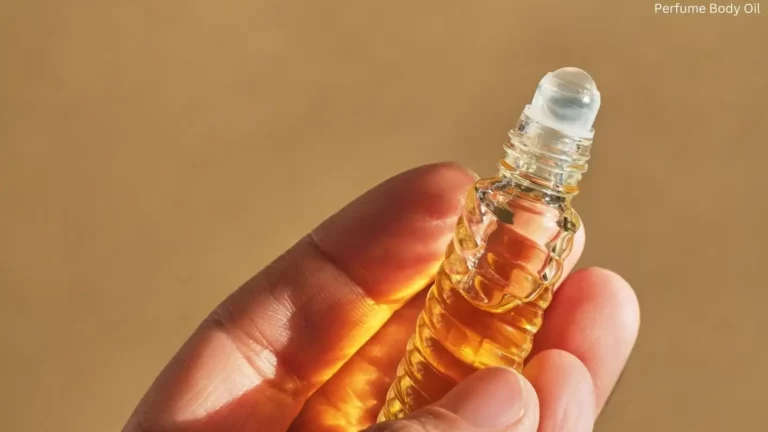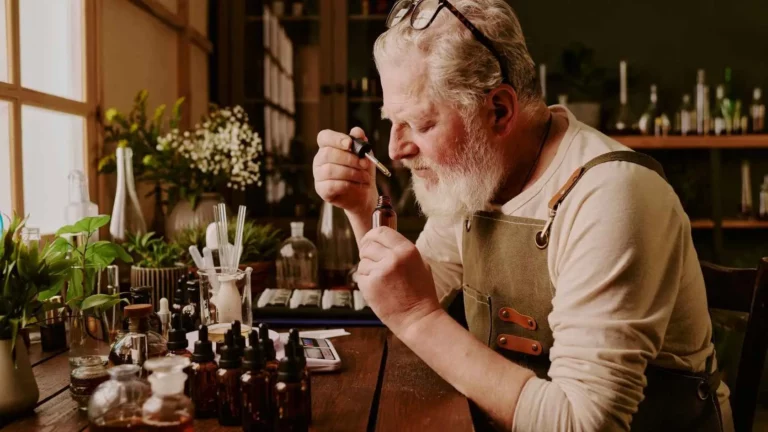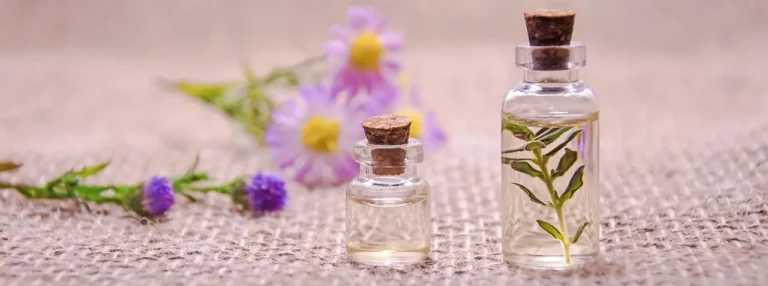Perfume Design Mastery: Create Your Signature Scent with Pro Techniques
Perfume design is an art that blends creativity, chemistry, and personal expression. Whether you want to craft a signature scent, experiment with essential oils, or learn the techniques used by master perfumers, this guide will take you through the science and craftsmanship of perfume design
Understanding the Blueprint of Perfume Design
Fragrance Notes & Their Role
Every perfume consists of three layers that evolve over time:
- Top Notes – First impression scents (e.g., citrus, mint, lavender).
- Middle Notes – The heart of the fragrance (e.g., jasmine, cinnamon, rose).
- Base Notes – Deep, long-lasting foundation (e.g., sandalwood, musk, vanilla).
Learn More : Perfume Fragrance Notes Explained
Fragrance Families
Perfumes are classified into different families, each with unique characteristics:
- Floral: Rose, jasmine, ylang-ylang.
- Woody: Cedarwood, sandalwood, patchouli.
- Oriental: Vanilla, amber, spices.
- Fresh: Citrus, green notes, aquatic scents.
Pro Tip: Understanding these elements allows you to balance and design a harmonious scent.
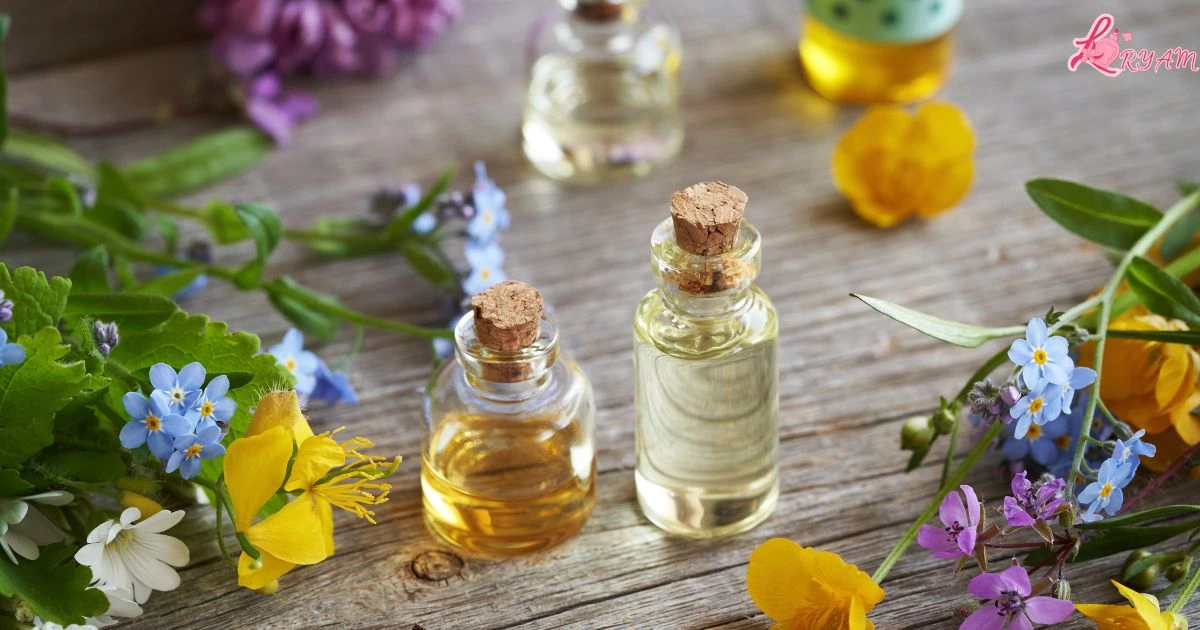
Step-by-Step Guide to Designing Your Perfume
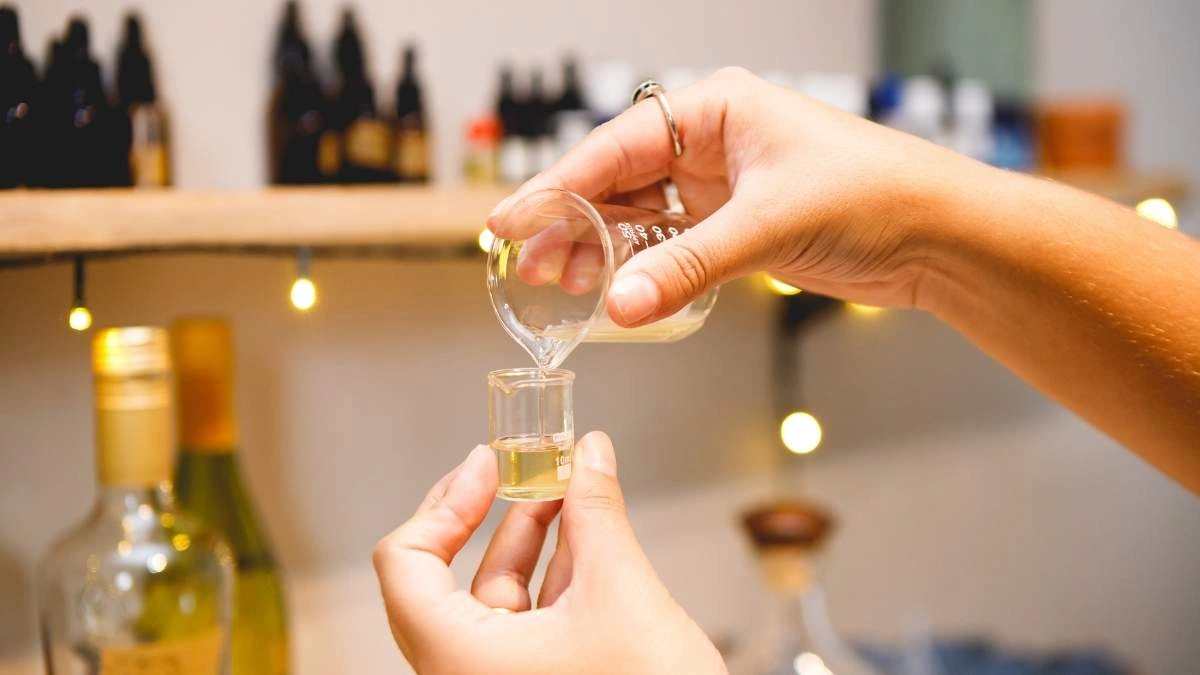
Perfume design is an art that blends creativity, chemistry, and personal expression. Whether you want to craft a signature scent, experiment with essential oils, or learn the techniques used by master perfumers, this guide will take you through the science and craftsmanship of perfume design
1. Choosing Your Signature Accord
A perfume accord is a blend of different notes that create a distinct fragrance. Here’s how to design yours: Select a base note (long-lasting depth). Add a middle note to define character. Finish with a top note for first impressions. Example: A luxurious evening scent may include: Base: Sandalwood & Vanilla Middle: Jasmine & Rose Top: Bergamot & Mandarin
2. Mixing Your Perfume Formula
For An Oil-Based Perfume: Add 10ml of carrier oil (jojoba, almond) to a glass bottle. Introduce essential oils in this order: base → middle → top. Shake gently and let it sit for 24 hours to blend. For An Alcohol-Based Perfume: Mix essential oils following the 30-50-20 rule (30% top, 50% middle, 20% base). Add 80-90% perfumer’s alcohol and age the blend for 2-6 weeks. Dilute with distilled water if needed before transferring to a perfume bottle.
3. Aging & Testing Your Perfume
Store in a cool, dark place for proper blending. Test the scent on pulse points (wrists, neck) to evaluate its evolution. Keep a fragrance journal to track changes over time.

Advanced Perfume Design Techniques
Fragrance Mood Mapping
Align scents with emotions or memories:
- Relaxing: Lavender, chamomile, sandalwood.
- Energizing: Citrus, peppermint, rosemary.
- Sensual & Warm: Vanilla, amber, musk.
Fixatives for Longer-Lasting Scents
To extend perfume longevity, use natural fixatives:
- Resins & Balsams: Benzoin, frankincense.
- Woods & Musks: Sandalwood, myrrh.
- Spices: Clove, cinnamon.
Creating a Custom Scent for Every Occasion
Design perfumes based on season and mood:
- Spring: Light floral and citrus blends.
- Summer: Fresh aquatic and herbal scents.
- Autumn: Warm spicy and woody combinations.
- Winter: Deep oriental and gourmand fragrances.
Perfume Storage & Preservation
- Use dark glass bottles to prevent oxidation.
- Keep perfumes away from heat & light to maintain fragrance integrity.
- Add vitamin E oil as a natural preservative.
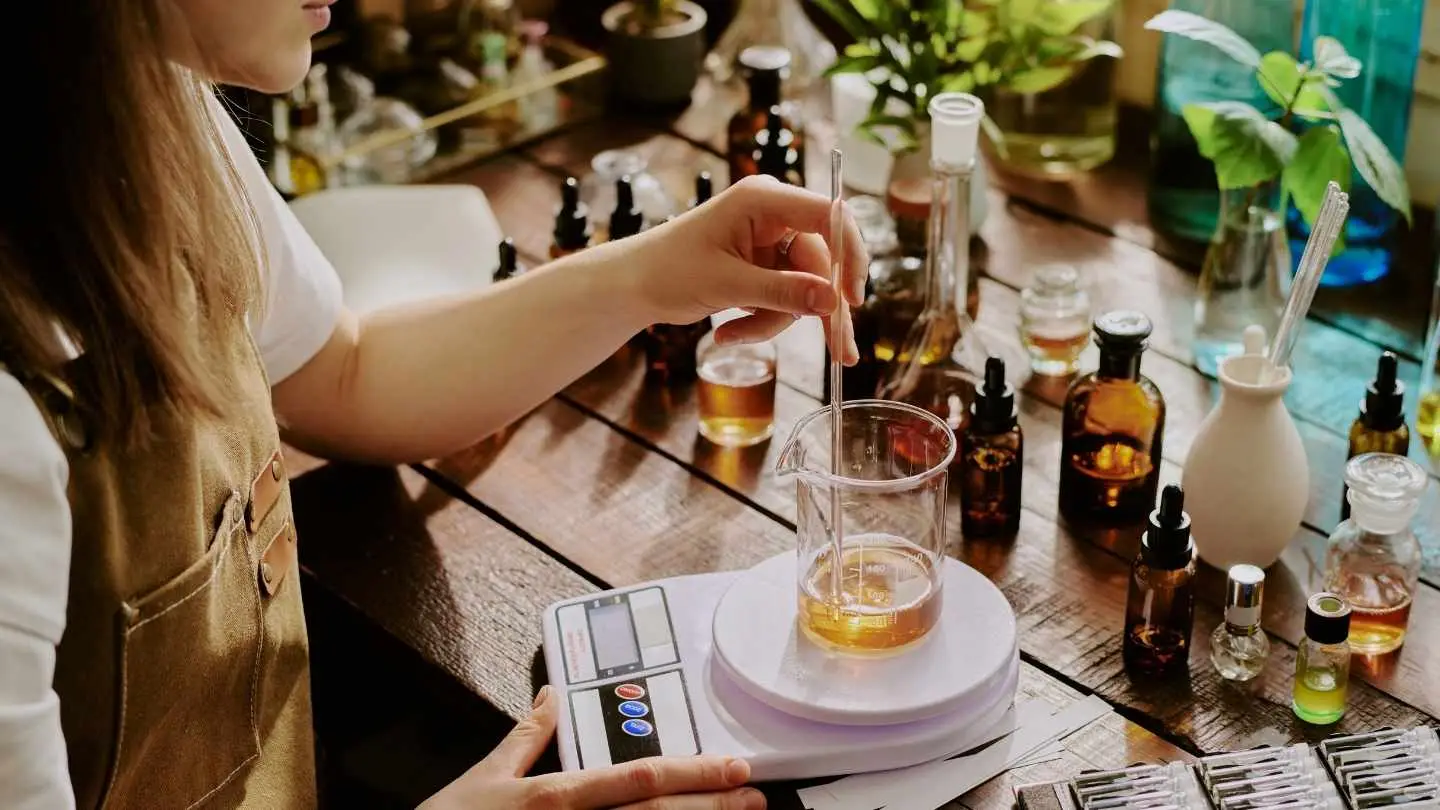
Frequently Asked Questions (FAQs)
What Is Perfume Design?
Perfume design is the art and science of crafting unique fragrances by balancing top, middle, and base notes to create a harmonious scent.
How Do I Make My Perfume Last Longer?
Use fixatives like sandalwood or benzoin, apply perfume on moisturized skin, and store it properly in a cool, dark place.
Can I Make Vegan Perfume?
Yes! Ensure all ingredients are plant-derived and avoid animal-based fixatives like ambergris or civet.
What’s The Best Way To Test My Perfume?
Apply a small amount to pulse points (wrists, neck) and wait a few hours to observe how it evolves.
How can I design a perfume brand?
Designing a perfume brand involves developing a strong identity that reflects your fragrance’s essence. This means choosing a unique name, logo, and packaging that resonate with your target audience while setting your brand apart in a competitive market.
How can I create my own perfume?
Creating your own perfume is about experimenting with fragrance notes and ingredients. Start by learning the fundamentals of scent composition and consider collaborating with a professional perfumer to help craft a balanced and unique formula.
How do I become a perfume designer?
Becoming a perfume designer typically requires a mix of formal training, hands-on experimentation, and apprenticeship with experienced perfumers. Building expertise in fragrance formulation and a creative approach to blending scents is key to success in this field.
Can I start my own perfume line?
Yes, launching your own perfume line is possible with a clear vision and strategic planning. It involves not only creating unique fragrances but also understanding brand development, marketing, and quality control to build a successful product line.
Perfume design is an exciting journey that allows you to experiment and create a scent that truly represents you. By following this guide, you can design unique fragrances while understanding the art and science of perfumery.
Ready to start? Gather your materials, experiment with blends, and let your creativity flow!
Next Steps: Explore our guide on Best Essential Oils for DIY Perfumes.

